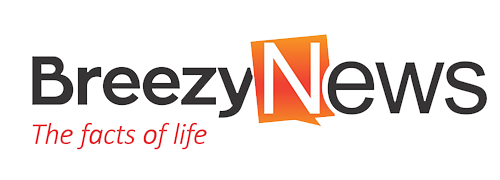Over the years, the conversation around PR measurement has evolved, yet one persistent challenge remains — how to prove the financial Return on Investment (RoI) of public relations efforts. I have shared my thoughts on this topic across multiple LinkedIn posts, and I felt compelled to provide a structured education on the subject. Measurement education is a core pillar of AMEC Measurement and Evaluation , and as a strong advocate for data-driven PR, I believe it is crucial to guide PR professionals through this recurring challenge. The reality is simple: If sales are not part of your key performance indicators (KPIs), then Return on Objective (RoO) should be your holy grail, not ROI. However, for PR campaigns where sales are indeed a primary goal, PR professionals cannot work in isolation — they need to engage with the “three wise men”: Sales, Finance, and Marketing.
A fundamental mistake many PR practitioners make is attempting to justify PR’s success using ROI without understanding the financial principles behind it. RoI, in its true form, is a financial metric that calculates the profitability of an investment using the formula: RoI (%) = (Net Profit/Cost of Investment) x 100. For PR professionals aiming to showcase RoI, collaboration with the Finance team is essential to align media metrics with revenue generation. However, in most cases, PR is not a direct sales function, which means using RoI as a blanket metric leads to misinterpretation and misplaced expectations. This is why AMEC’s Barcelona Principles (which emphasize outcome-based measurement over outdated methods) encourage PR professionals to focus on measurable objectives rather than vanity metrics like Advertising Value Equivalency (AVE). For those unfamiliar with these principles, I strongly recommend exploring them as a foundation for modern PR measurement.
One of the most misleading approaches in PR measurement is relying on AVE to demonstrate RoI. To put this into perspective, AVE in PR is like measuring the quality of a meal based solely on the price of its ingredients. Just because a dish contains expensive components does not mean it tastes good or satisfies the customer. Similarly, AVE assigns a monetary value to media coverage based on ad rates but fails to measure the true impact, sentiment, or effectiveness of PR efforts. If a PR professional presents AVE as ROI, they are essentially equating visibility with tangible business outcomes, which is a flawed and outdated perspective. The goal should always be to measure what matters — impact, sentiment, engagement, and business outcomes — rather than placing a fictitious monetary value on earned media.
As a PR measurement specialist with over a decade of experience, I have consistently advocated for the prioritization of RoO over ROI for PR campaigns that do not have direct sales objectives. PR’s role is often about shaping perception, building credibility, and enhancing reputation — elements that do not always have an immediate or direct financial impact. RoO provides a structured framework for evaluating PR performance based on predefined, measurable objectives. By aligning PR efforts with specific business goals — whether it be increasing brand awareness, driving website traffic, improving customer sentiment, or strengthening stakeholder relationships — PR professionals can provide meaningful insights without force-fitting sales metrics where they do not belong.
For PR to demonstrate true RoI when necessary, it must integrate seamlessly with Sales, Finance, and Marketing. Without correlating PR metrics with their data, PR teams cannot accurately tell the story of their contribution to revenue generation. Marketing provides valuable insights into lead generation, Sales tracks conversions, and Finance ensures financial accountability. When these three functions work together, PR professionals can move beyond justifying their efforts with media impressions and start proving their impact in terms of business growth. This is why aligning client or executive expectations from the onset is critical. By setting realistic measurement parameters, PR professionals can avoid the trap of being asked to prove ROI on campaigns that were never designed to drive direct sales in the first place.
The path to effective PR measurement is rooted in education, collaboration, and the right frameworks. We must continue advocating for methodologies that reflect PR’s strategic value — beyond press clippings, beyond AVEs, and certainly beyond misaligned expectations. Measurement is not about justifying PR’s existence; it is about demonstrating PR’s impact with the right metrics that align with business goals. As PR professionals, our focus should always be on setting SMART (Specific, Measurable, Achievable, Relevant, and Time-bound) objectives that align with organizational priorities. This way, measurement becomes a tool for strategy rather than just a reporting mechanism.
As we move forward, I encourage PR professionals to embrace continuous learning, engage in industry conversations, and challenge outdated measurement methods. PR measurement is not static — it evolves with trends, technology, and business needs. Let us elevate our practice by ensuring that measurement is not an afterthought but an integral part of our communication strategy from the start.
Would love to hear others’ thoughts on this!
Odiakose is a leader and advocate of PR measurement, evaluation and media monitoring in Nigeria. He is also the Chief Media Analyst at P+ Measurement Services, a member of AMEC, NIPR, AMEC Lab Initiative and AMCRON







